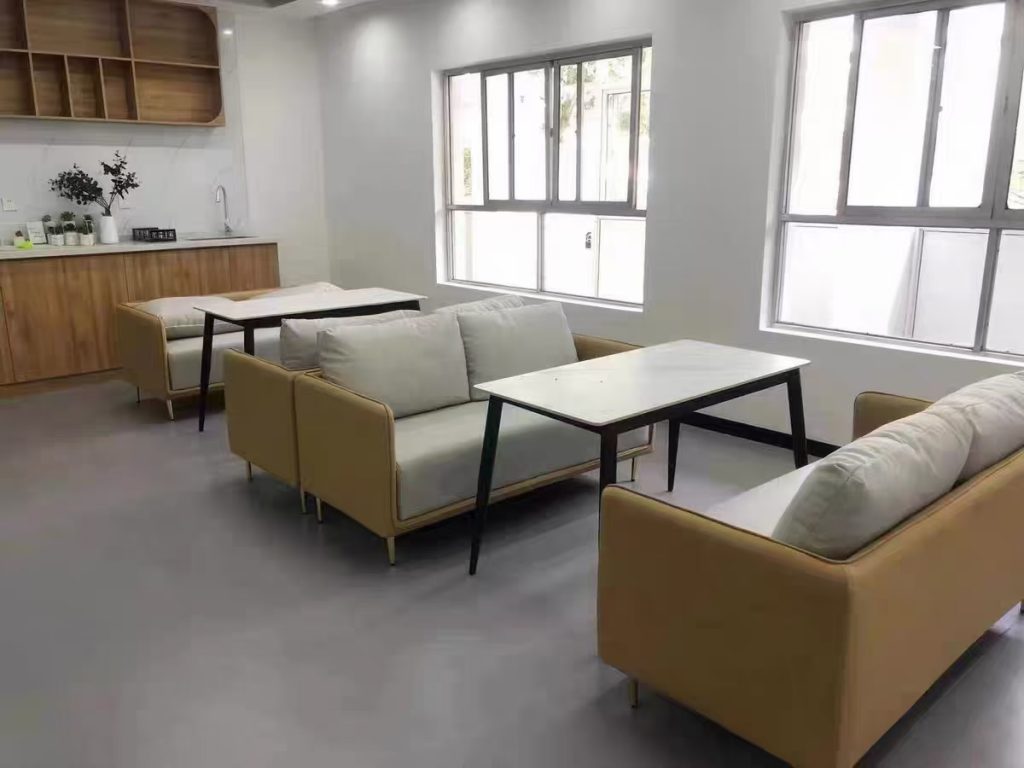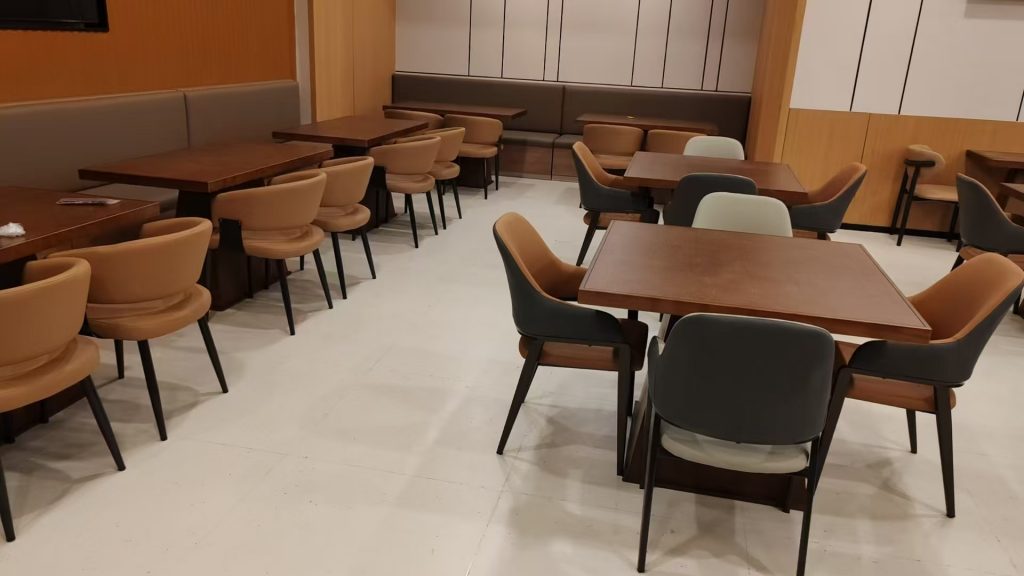Ensuring the highest quality and compliance in furniture manufacturing is critical for suppliers and buyers alike. Factory inspection services act as a safeguard, verifying that products meet safety standards, design specifications, and client expectations. This article explores the importance of these services, key processes, and best practices to optimize your production workflow.
—
Why Furniture Factory Inspections Matter
1. Quality Control: Identify defects, material inconsistencies, or craftsmanship issues early to avoid costly recalls or rework.
2. Compliance Verification: Ensure adherence to international standards (e.g., ISO, BIFMA) and destination-country regulations (e.g., fire safety, flammability).
3. Risk Mitigation: Reduce the likelihood of disputes, returns, or reputational damage caused by subpar products.
4. Supply Chain Transparency: Provide buyers with actionable insights into production processes and ethical practices.
—
Key Stages of Furniture Factory Inspections
1. Pre-Production Inspection (PPI)
– Purpose: Validate material quality, tooling, and production planning before mass production begins.
– Checklist:
– Review design blueprints and material samples.
– Confirm compliance with safety certifications (e.g., CARB-compliant plywood for the U.S. market).
2. During Production Inspection (DPI)
– Purpose: Monitor ongoing production to address issues promptly.
– Focus Areas:
– Assembly accuracy and finish quality.
– Dimensional tolerances (e.g., table leg alignment).
3. Pre-Shipment Inspection (PSI)
– Purpose: Final quality check before goods are shipped.
– Critical Checks:
– Random sampling for functionality (e.g., drawer glide smoothness).
– Packaging integrity to prevent damage during transit.
4. Container Loading Supervision
– Purpose: Ensure goods are loaded securely to avoid damage or theft.
– Verification:
– Weight and quantity reconciliation.
– Climate-controlled requirements for sensitive materials (e.g., leather upholstery).
—
How to Choose the Right Inspection Partner
1. Industry Expertise: Prioritize firms with experience in furniture manufacturing (e.g., knowledge of veneer application, woodworking techniques).
2. Accreditation: Look for certifications like ISO 17020 or membership in trade associations (e.g., IQNet).
3. Technology Integration: Providers using AI-powered defect detection or 3D scanning offer faster, more accurate reports.
4. Local Presence: On-the-ground inspectors in China (or your supplier’s country) ensure real-time problem-solving.
—
Emerging Technologies in Furniture Inspection
– IoT Sensors: Track humidity/moisture levels in wood storage areas to prevent warping.
– AI Image Recognition: Automate defect detection in upholstery stitching or veneer flaws.
– Blockchain: Securely document inspection data for traceability and compliance audits.
—
Case Study: Boosting Export Success with Inspections
A European furniture importer partnered with a third-party inspector to audit a Chinese factory producing dining sets. The inspection revealed:
– Issue: Inconsistent glue application leading to joint weakness.
– Solution: Revised production protocols and additional worker training.
– Outcome: Zero returns in the first 12 months, with a 20% increase in repeat orders.
—
Future Trends in Furniture Quality Assurance
– Sustainability Audits: Focus on carbon neutrality, recycled materials, and ethical labor practices.
– Virtual Inspections: Remote 3D inspections via AR/VR for quick approvals.
– Predictive Analytics: Use historical data to preemptively address recurring defects.
—
Article link:https://www.vlefooena.com/manufacturer/4382/




No reply content